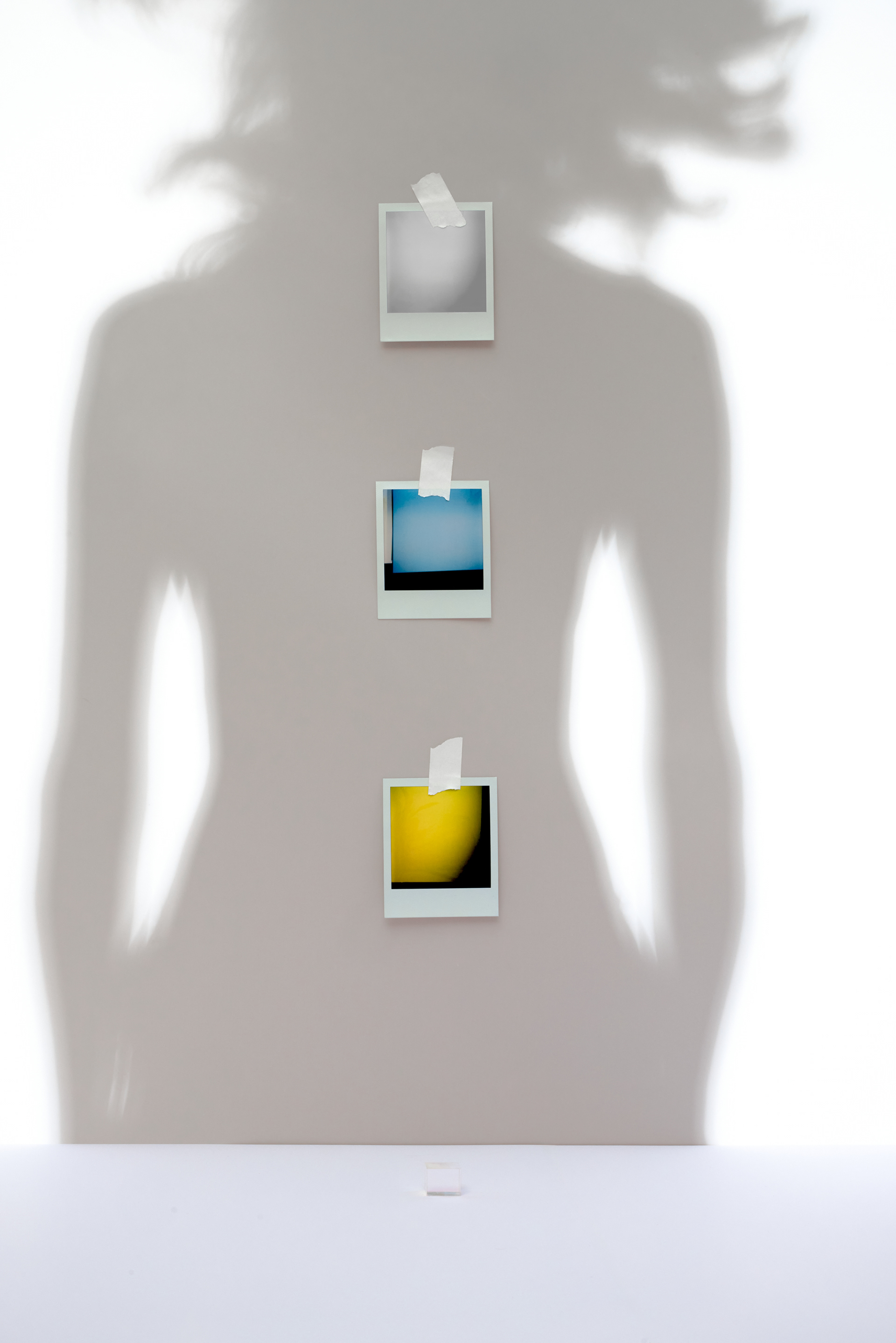(An anti—self-portrait in twelve objects and one broken mirror)
The self is the only thing we can never see the way we see others. We glimpse it only in reflection—mirrored, reversed—or in fragments: a frontal pose, a top-down view, a body distorted by angle or lens. Never whole or direct. Self Assemblage begins from this estrangement, exploring identity as something inherently reflected, fractured, and constantly reconfigured.
This series of conceptual self-portraits navigates the space between how we see ourselves and how we are seen. In a time of relentless self-performance—both online and offline—the work asks what it means to inhabit a self.
The process began with a question: how do others define me? I invited friends and strangers on social media to describe me in one or two words. Their responses were diverse and often contradictory. Each word became a prompt for an image, constructed not through posing, but through metaphor. A sponge. A feather. A magnifying glass. A soap bubble. These objects substitute for presence, evoking mood, texture, or perception. The body is both there and not—suggested rather than shown. Rather than assert identity, Self Assemblage disassembles it. It acknowledges the impossibility of ever fully capturing the self, favouring implication over exposition, ambiguity over articulation.
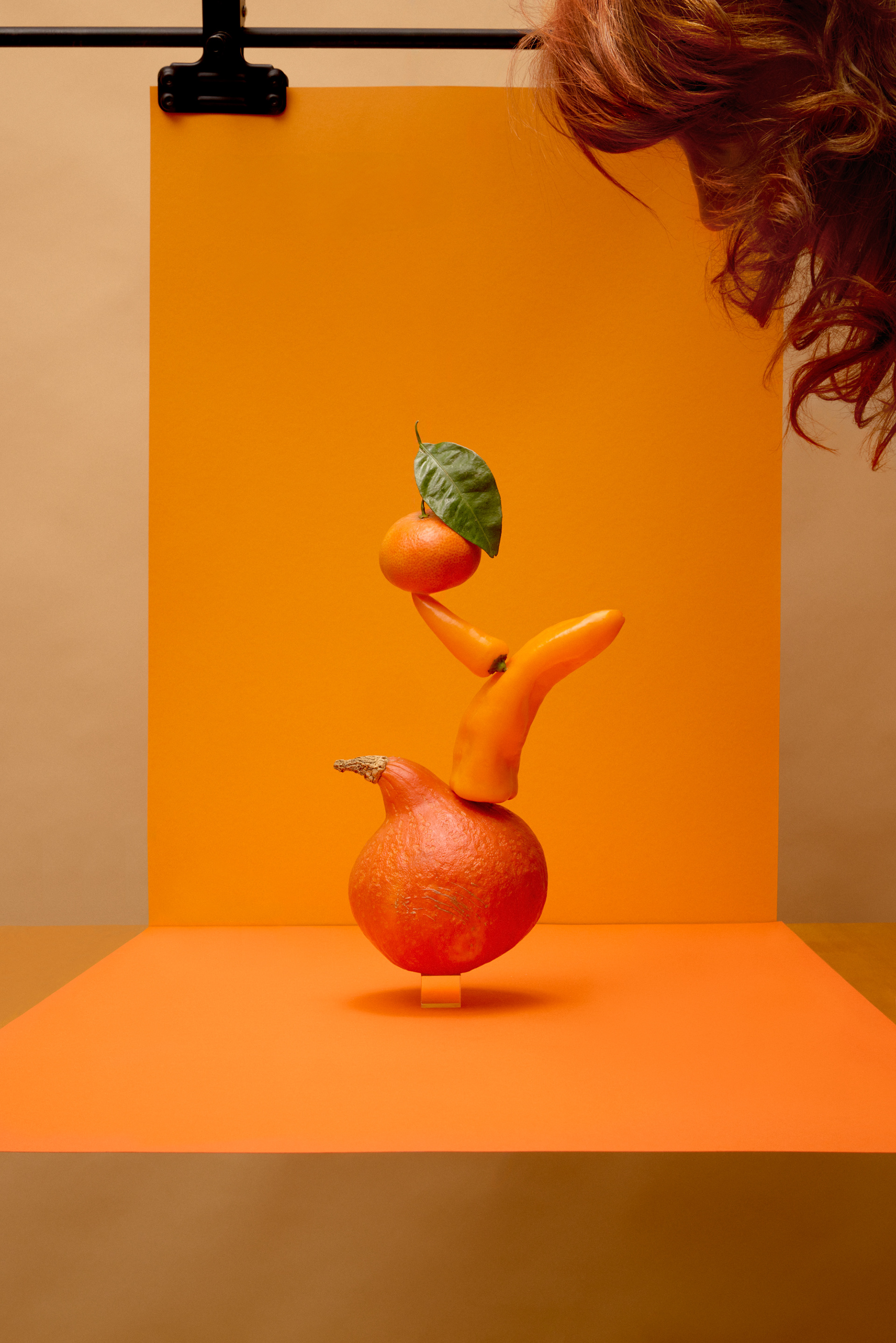
Text message: "Bright, just like your hair."

Text message: "Deeply sensitive and vulnerable, yet at the same time capable of being sharp and piercing, like a razor's edge."
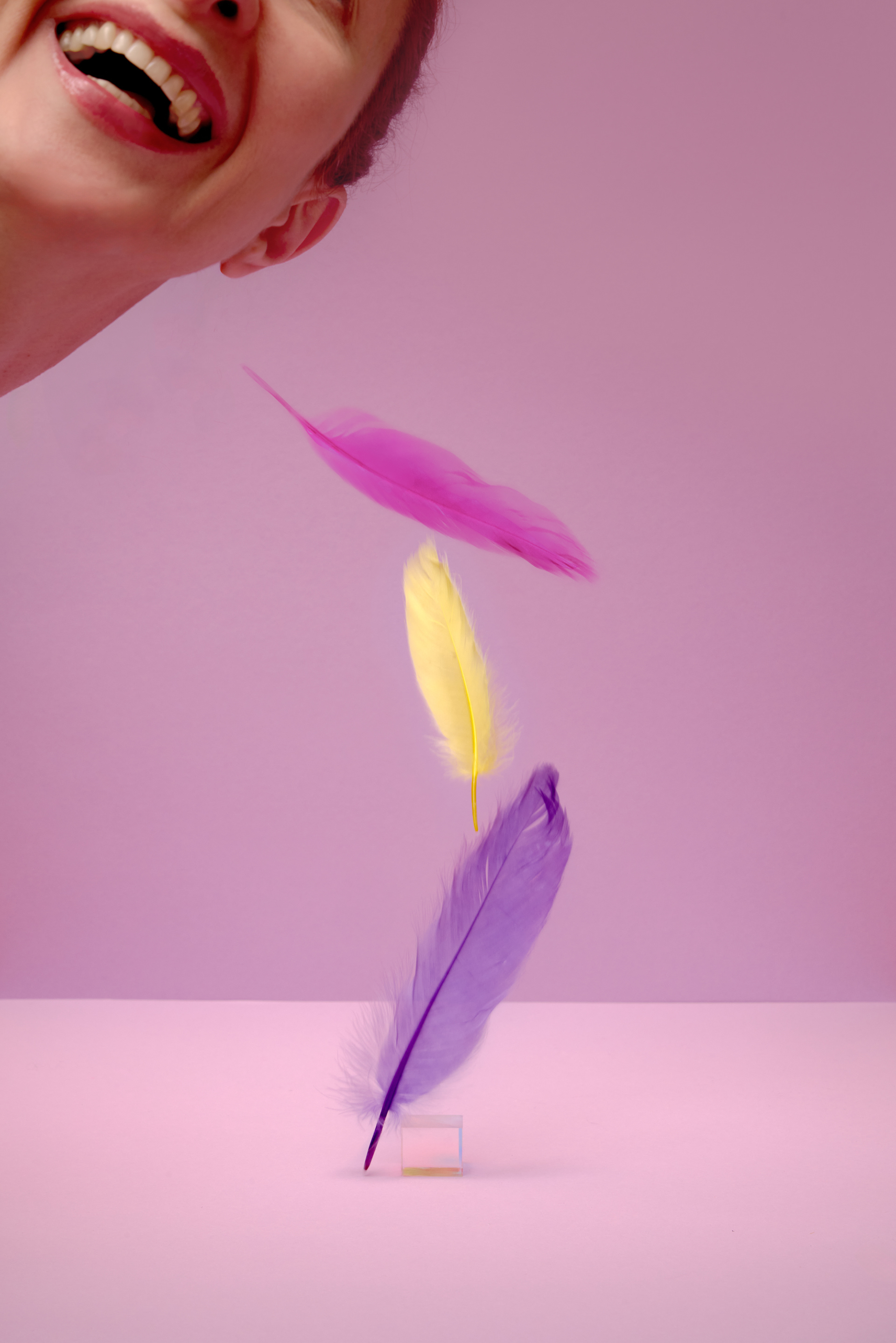
Text message: "Brave and light."
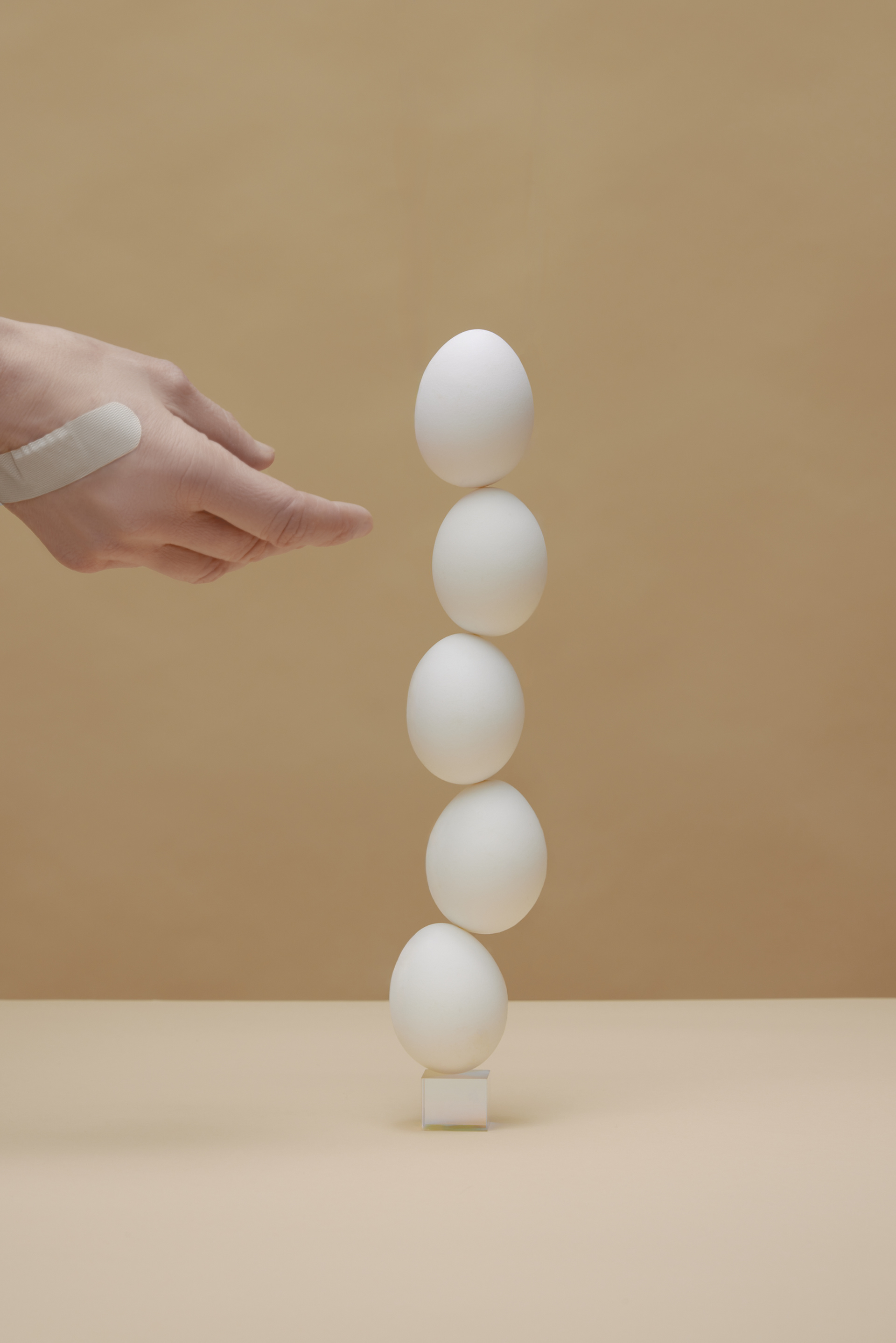
Text message: "Deeply sensitive and vulnerable, yet at the same time capable of being sharp and piercing, like a razor's edge."
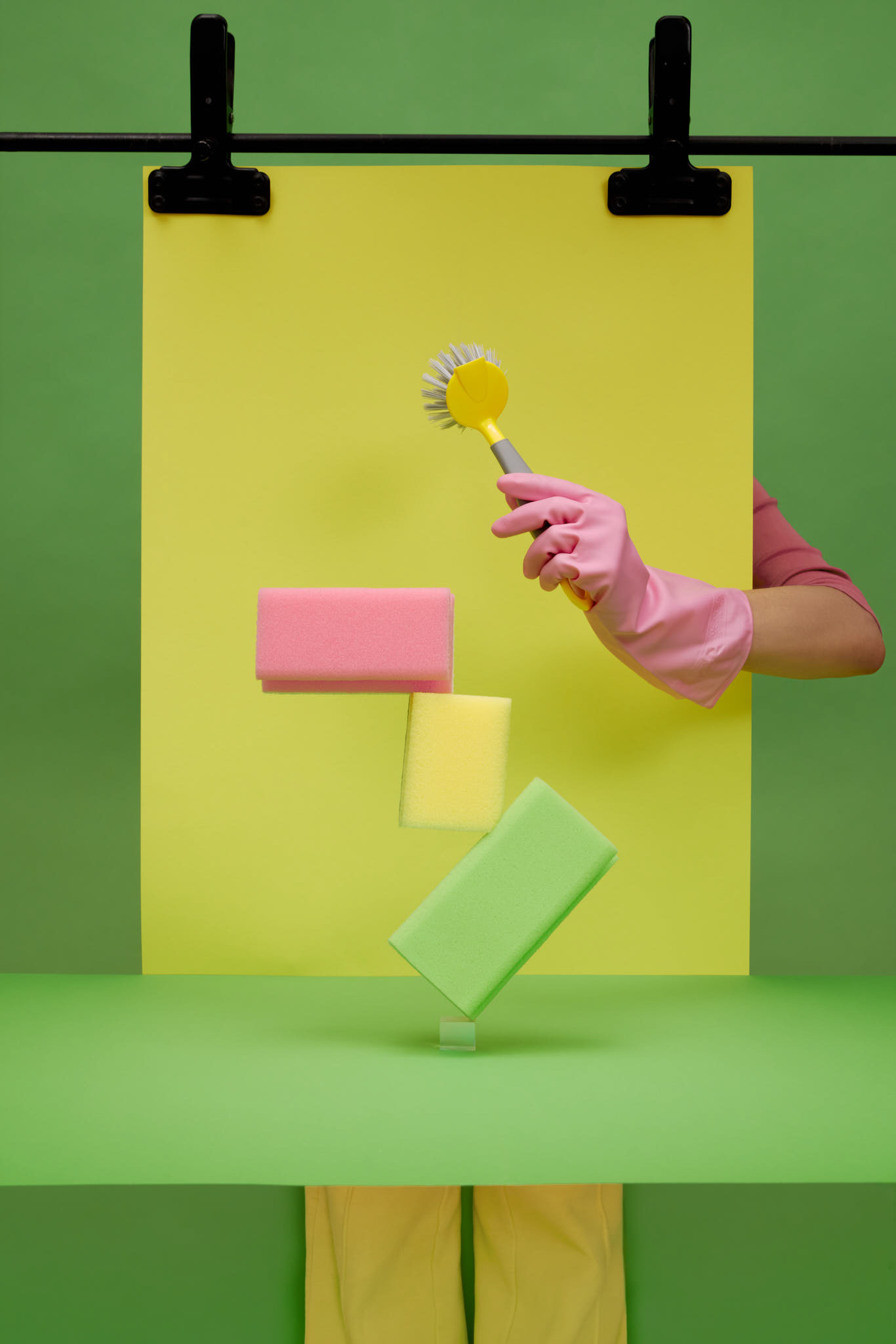
Text message: "Clean."
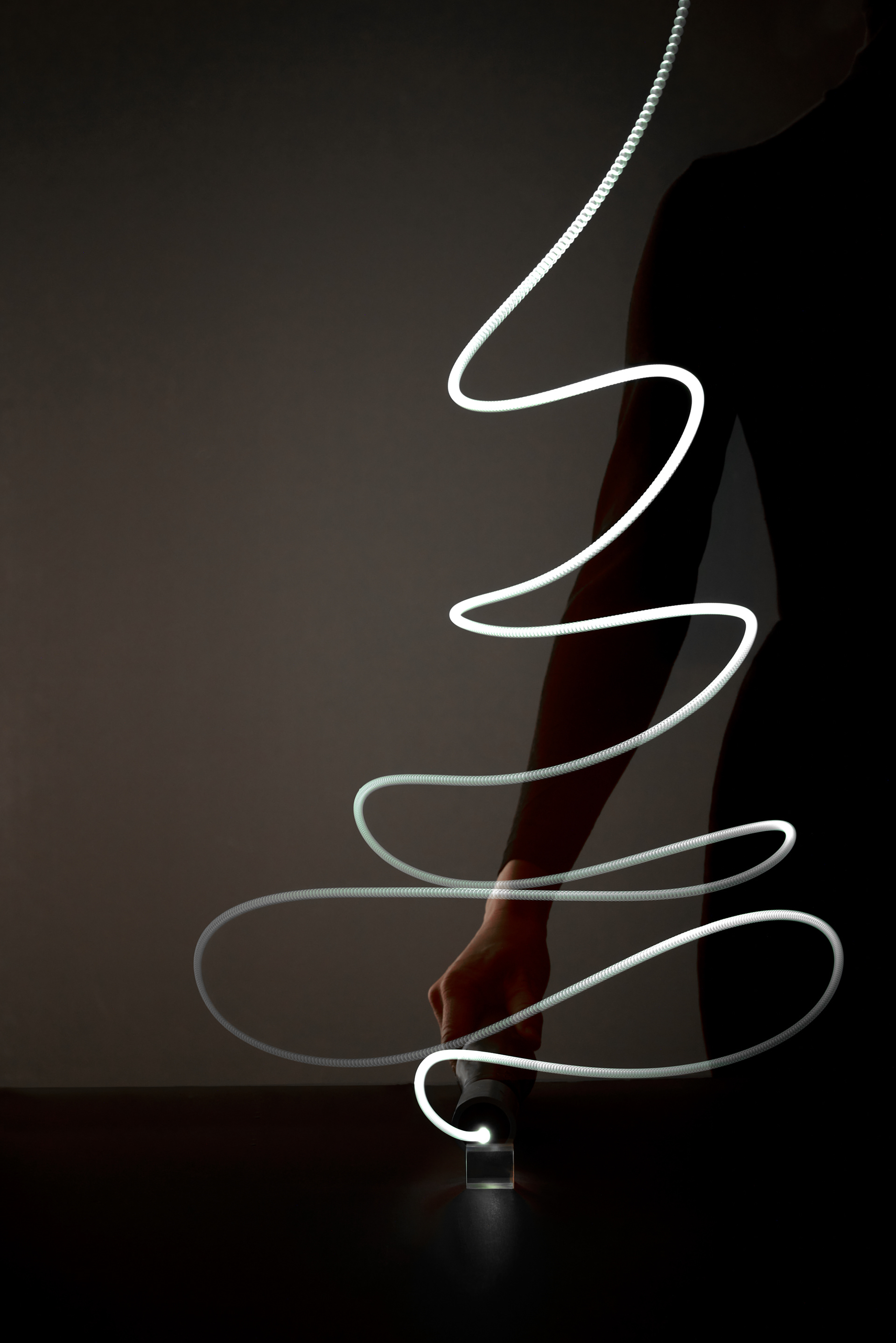
Text message: "The art of light."
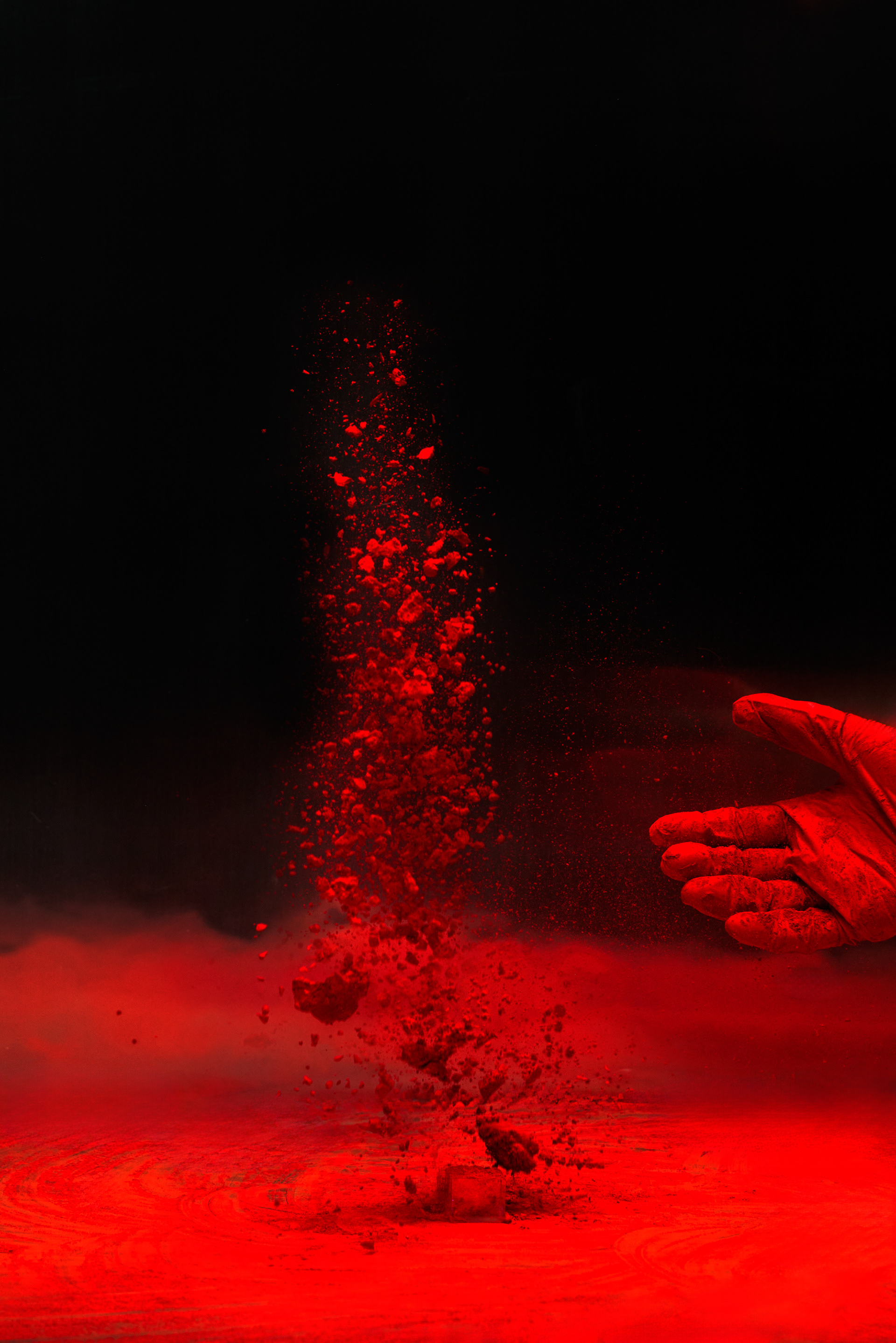
Text message: "Fiery spirit.", "Cadmium red.", "Dynamic."
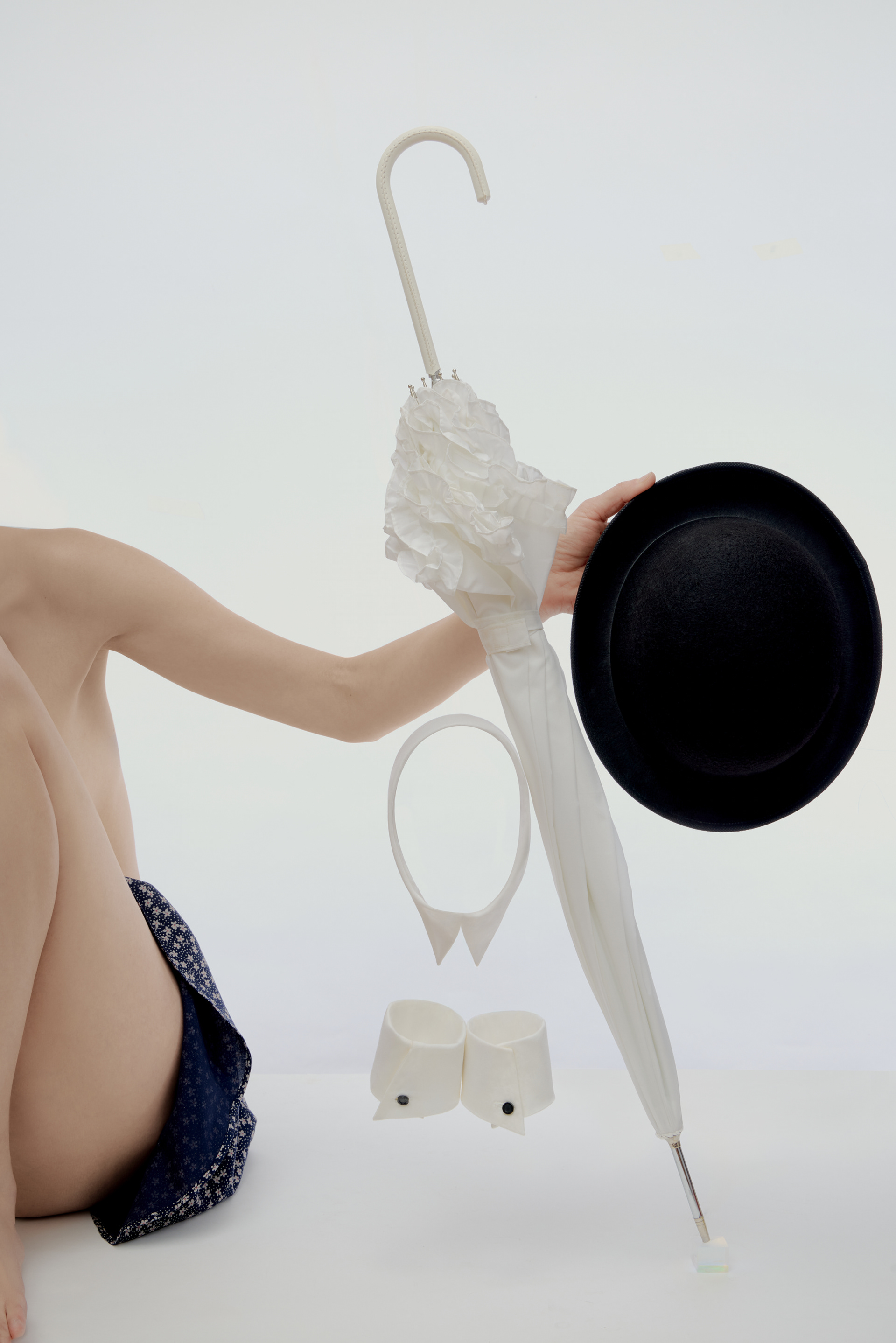
Text message: "Mary Poppins. Mmm, I guess it’s mostly an association with the image of a proper, well-mannered girl - someone who speaks several languages, knows how to behave in public, and overall just has that preppy vibe. Although by the last day of us getting to know each other, I saw that you’re actually really fun - and maybe not quite so proper after all))."
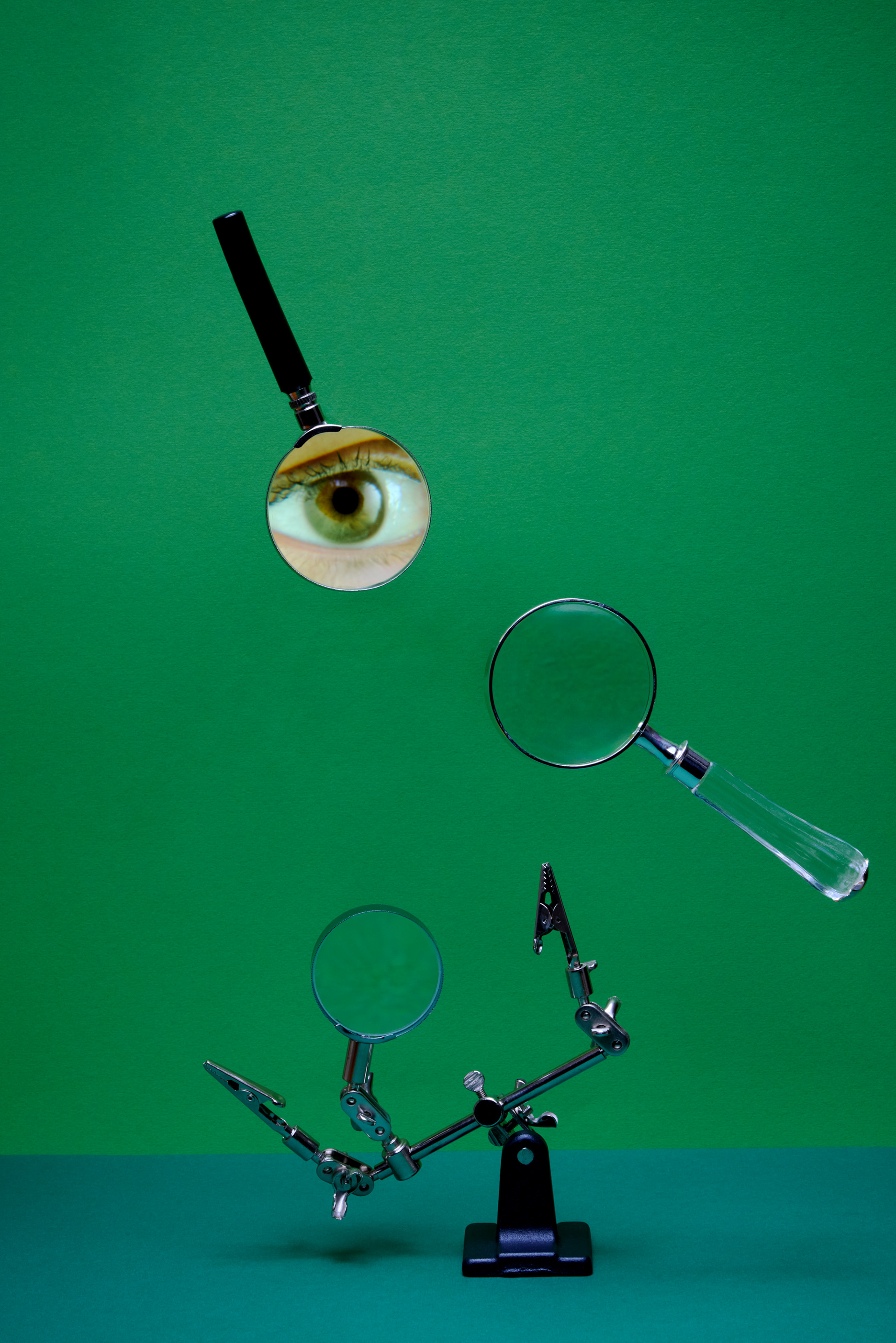
Text message: "Touches the soul"
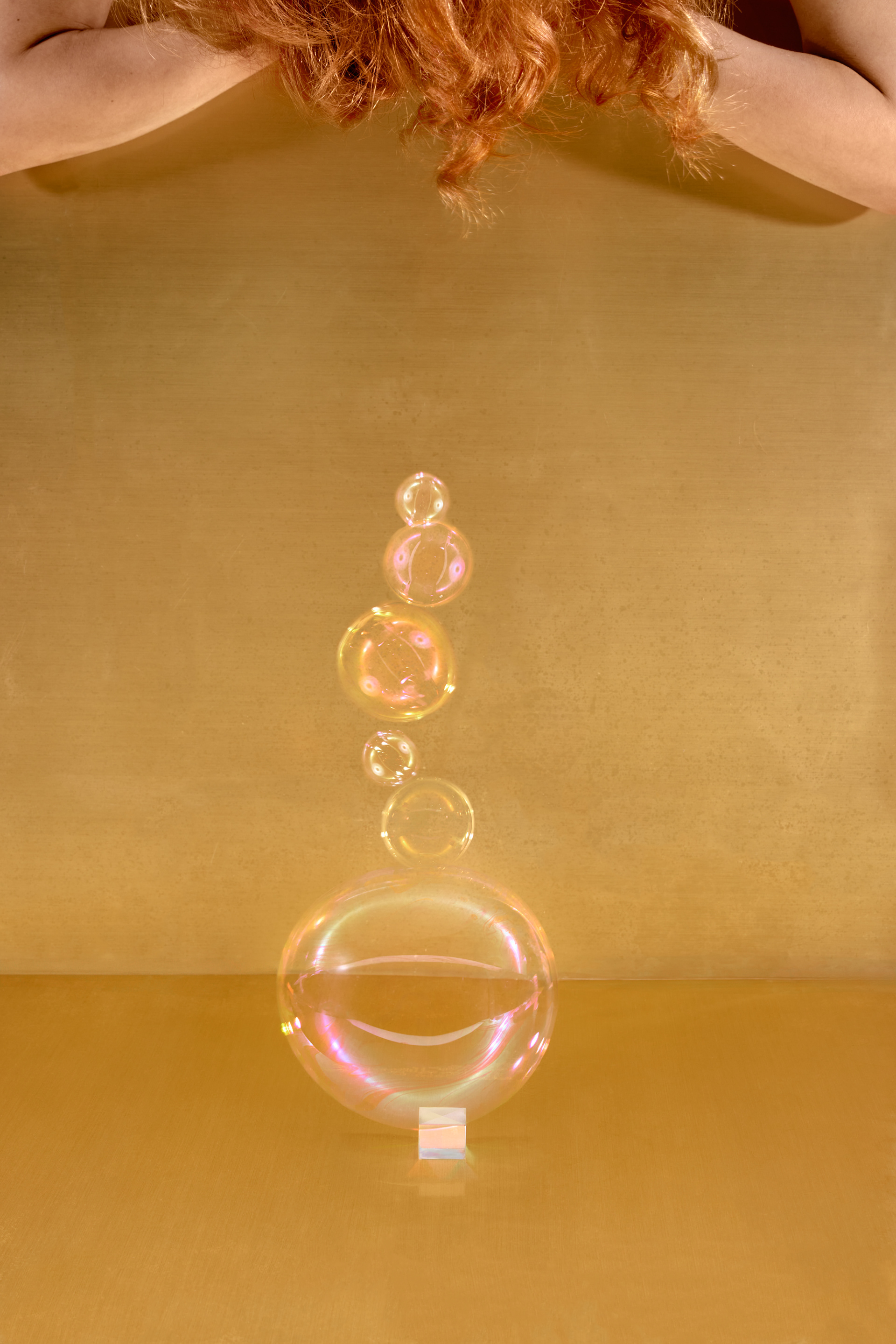
Text message: "My crazy friend" )) But “crazy” here is meant in the most positive way possible!"

Text message: "Luminous, transparent."
